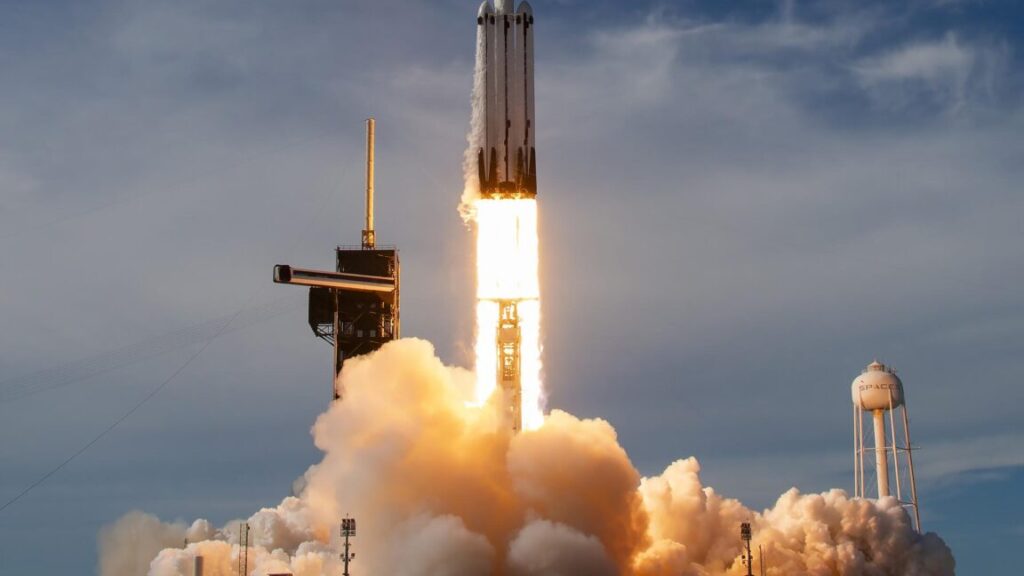- SpaceX will get 28 missions worth approximately $5.9 billion
- ULA will get 19 missions worth approximately $5.4 billion
- Blue Origin will get seven missions worth approximately
That equates to a 60-40 split between SpaceX and ULA for the bulk of the missions. Going into the competition, military officials set aside seven additional missions to launch with a third provider, allowing a new player to gain a foothold in the market. The Space Force reserves the right to reapportion missions between the three providers if one of them runs into trouble.
The Pentagon confirmed an unnamed fourth company also submitted a proposal, but wasn’t selected for Phase 3.
Rounded to the nearest million, the contract with SpaceX averages out to $212 million per launch. For ULA, it’s $282 million, and Blue Origin’s price is $341 million per launch. But take these numbers with caution. The contracts include a lot of bells and whistles, pricing them higher than what a commercial customer might pay.
According to the Pentagon, the contracts provide “launch services, mission unique services, mission acceleration, quick reaction/anomaly resolution, special studies, launch service support, fleet surveillance, and early integration studies/mission analysis.”
Essentially, the Space Force is paying a premium to all three launch providers for schedule priority, tailored solutions, and access to data from every flight of each company’s rocket, among other things.
New Glenn lifts off on its debut flight.
Credit:
Blue Origin
“Winning 60% percent of the missions may sound generous, but the reality is that all SpaceX competitors combined cannot currently deliver the other 40%!,” Elon Musk, SpaceX’s founder and CEO, posted on X. “I hope they succeed, but they aren’t there yet.”
This is true if you look at each company’s flight rate. SpaceX has launched Falcon 9 and Falcon Heavy rockets 140 times over the last 365 days. These are the flight-proven rockets SpaceX will use for its share of Space Force missions.


